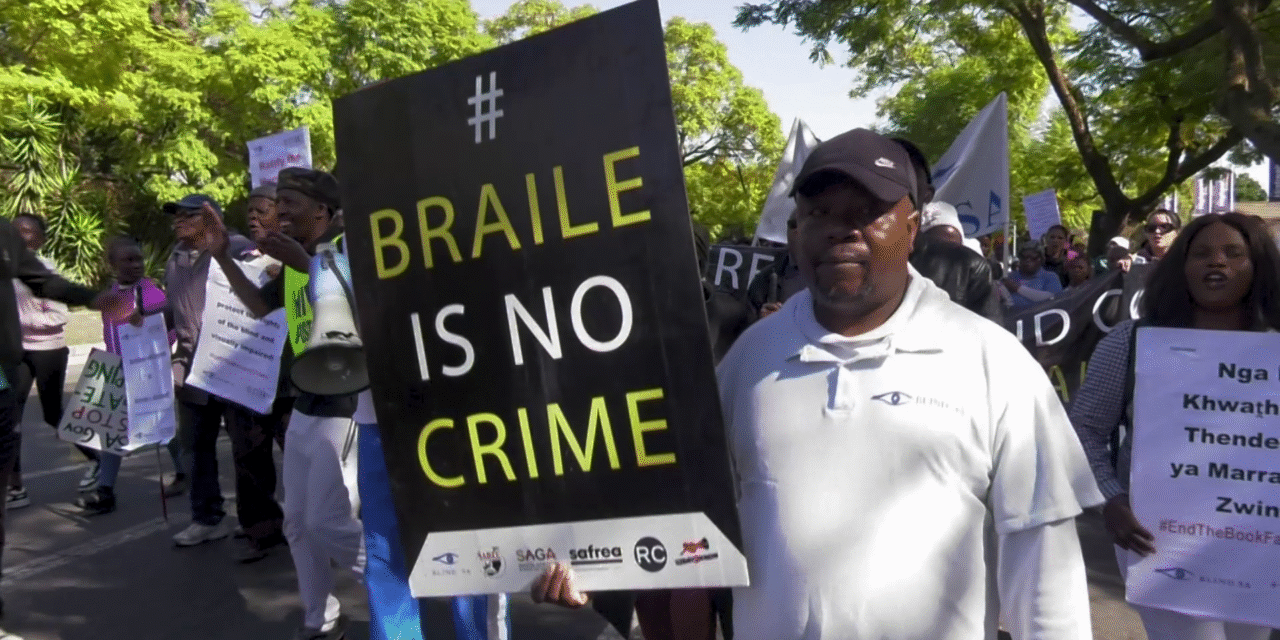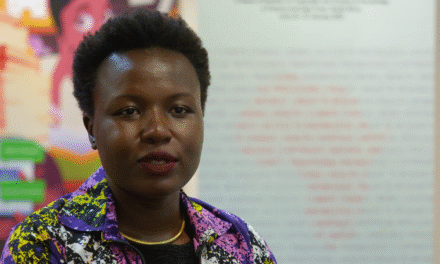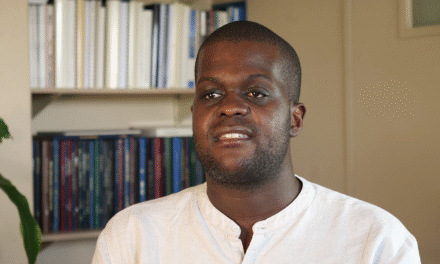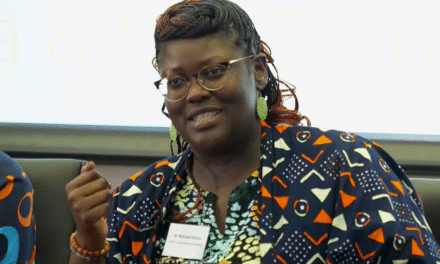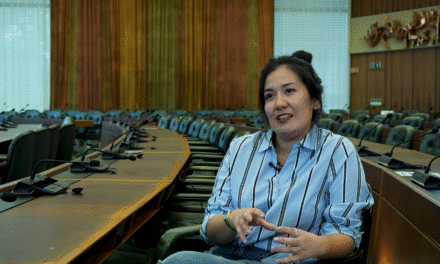An initiative led by Christo de Klerk at Blind South Africa focuses on promoting the use of accessible mobile and digital applications for blind and visually impaired people in South Africa. Highlighted at the 2025 Copyright and the Public Interest in Africa conference, the project addresses the importance of robust copyright exceptions and supportive legal frameworks to enable the development and use of apps that work in African languages, read aloud texts, describe images and films, and provide local information. The legal challenges – especially around copyright and licensing of accessible content and the use of visual works as AI training data – point to lessons for responsible, inclusive innovation and policy reform in assistive technology.
A video version of this case study is available below.
1. Disability, Inequality, and Digital Exclusion in South Africa
South Africa has a high prevalence of visual impairment and blindness, with over a million people affected. Barriers to education, employment, and public participation are exacerbated by inaccessible information and digital services. While assistive technologies offer new opportunities for inclusion, their effectiveness depends on being designed for accessibility, linguistic diversity, and local context.
2. Assistive Technology and Accessibility
Assistive technology includes devices and software such as screen readers, braille displays, text-to-speech apps, navigation tools, and AI-powered applications that describe images and films. Development is shaped by international standards like the Web Content Accessibility Guidelines (WCAG) and local policy frameworks, ensuring that accessibility is built into digital tools.
3. Project Overview
The BlindSA initiative focuses on raising awareness and supporting the use of existing accessible apps for blind and visually impaired users, particularly those supporting African languages and offering features like scene description and audio narration. Rather than developing new apps, the project identifies, tests, and disseminates information about effective tools. It also advocates for legal and policy changes, including strong copyright exceptions, to empower developers and users in South Africa’s multilingual communities. Community participation and user feedback are central to the approach.
4. Data Sources and Key Resources
Apps promoted by the initiative draw on diverse data sources: public domain texts, government information, community-generated content, and web-scraped text and images, including photographs, artworks, and films. Many apps use AI to generate scene descriptions and audio narration, opening up previously inaccessible content. The initiative emphasizes tools that support African languages, providing read-aloud and real-time information (such as weather and news) in Zulu, Sotho, and others. However, reliance on copyrighted materials for AI training and accessible formats raises pressing legal questions about copyright exceptions, licensing, and the need for inclusive legal frameworks.
5. Legal and Ethical Challenges
Copyright and Licensing:
Many resources needed for accessible apps—books, newspapers, educational materials, artworks, photographs, and films—are protected by copyright. South Africa’s current law offers limited exceptions for accessible formats, making it difficult to legally convert works into braille, audio, large print, or described video without explicit permission. Outdated copyright laws have long denied blind South Africans equal access to information, highlighting the need for robust legal exceptions.
Contractual Restrictions:
Even when content is publicly available, licensing terms may prohibit adaptation or redistribution in accessible formats.
Absence of Research and Accessibility Exceptions:
Unlike countries that have ratified and implemented the Marrakesh Treaty, South Africa’s copyright regime remains restrictive. BlindSA’s Constitutional Court case challenged these limitations, emphasizing that the right to read is a fundamental human right and that lack of access excludes blind people from education, employment, and society.
6. The Marrakesh Treaty and the Struggle for Equality
The Marrakesh Treaty, adopted by WIPO in 2013, requires signatory countries to create copyright exceptions for accessible formats and enables cross-border sharing. It is a milestone in addressing the “book famine” for blind people and affirms access to information as a fundamental right. South Africa signed the Treaty in 2014, but as of 2025, has not fully implemented it into national law, leaving the blind community at a disadvantage. BlindSA has been at the forefront of advocacy for these reforms, including a Constitutional Court challenge to the country’s copyright law.
7. Generative AI, Copyright Backlash, and the Accessibility Exception
The rise of generative AI has sparked backlash from creators concerned about unauthorized use of their works as training data and the risk of AI-generated content substituting for original works. However, experts and advocates for the visually impaired emphasize the importance of copyright exceptions for accessibility. When AI is used for accessible formats—such as describing images or reading text aloud—there is no substitution effect, only an expansion of access and rights. Copyright policy and AI regulation should distinguish between commercial, substitutive uses of AI and socially beneficial uses that enable access for the visually impaired. The Marrakesh Treaty and proposed South African reforms recognize the need to balance creators’ interests with the transformative potential of AI for inclusion.
8. National Legal Reform
The Copyright Amendment Bill proposes new exceptions for creating and distributing accessible format copies, as well as a general fair use provision. If enacted, these reforms would significantly improve access to information for the visually impaired in South Africa.
9. Contractual or Policy Barriers
The initiative highlights the need for open licensing and permissions from publishers and content providers. Some government and educational materials remain inaccessible due to restrictive licenses or outdated contracts.
10. Conclusions
Despite legal and policy challenges, BlindSA’s work has raised awareness of accessible apps and digital resources, including text-to-speech tools, navigation apps, and AI-powered scene description in South African languages. User participation is emphasized: “Accessibility is not a luxury or an afterthought—it is a right.” BlindSA’s experience highlights the urgent need for harmonized copyright exceptions, open standards, and inclusive digital policy. Policymakers, funders, and technology developers should prioritize accessibility and the rights of people with disabilities in all digital innovation efforts.
Video Version
Hear from the researchers themselves. Watch the video of this case study below.

